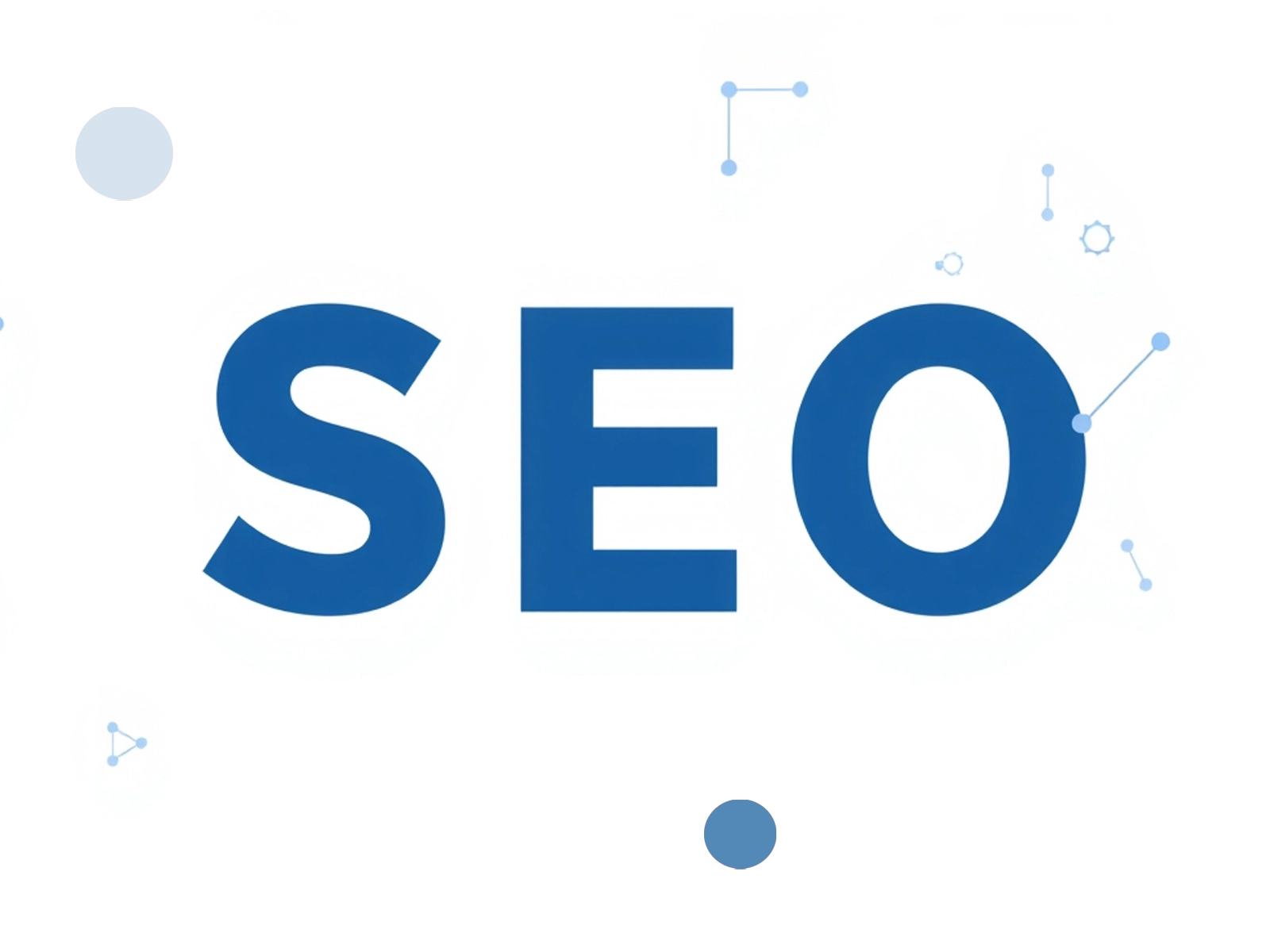
The customer journey no longer belongs to just one person

How conversational AI is changing the economics of paid search

How duplicate content reduces brand visibility in AI Search

5 minutes
At first glance, this may seem like a minor technical update, but for SEO professionals it marks a significant reduction in the availability of accurate and comprehensive data.
The num=100 parameter previously allowed extended access to a broader list of ranking results and supported deeper competitive analysis. Without stable visibility into the top 100 positions, it becomes more challenging to evaluate true search visibility and monitor meaningful shifts in the SERP.
This development comes alongside broader disruptions: Google now requires full JavaScript execution for SERP rendering, increasing scraping costs and reducing reliability, while AI Overviews divert user attention, drastically reducing clicks to traditional organic listings.
As a result, the core SEO measurement foundation of the past two decades is eroding — data is becoming less accessible, less abundant, and less accurate. We are entering a new era — a “black box” era — where traditional metrics lose their validity.
Many marketers are already noticing a sharp decline in Google Search Console impressions. This is not always tied to worsening rankings. Instead, data cleanup has removed signals related to:
• bot activity
• deep results never shown to users
• accidental long-tail indexation
The remaining data more closely reflects actual page-one visibility, aligning reports with real search behavior.
Google Search has never been fully transparent — but we once relied on consistent proxy metrics such as positions, impressions, and clicks. Today, these metrics are either restricted or fundamentally distorted.
Rankings are becoming increasingly unstable due to:
• the high cost required for full SERP rendering
• reduced monitoring of deeper results by SEO tools
• weekly fluctuations that defy accurate comparison
The industry faces a decline in tracking quality and a rise in its cost. Transparency falls, while the barrier to data-driven insights increases.
With partial SERP capture, tools now miss large portions of:
• the true semantic footprint of pages
• queries on the verge of breaking into the top 10
• emerging growth opportunities visible only at deeper positions
Drops in impressions or average position within Search Console are now often measurement artifacts, not genuine performance changes.
AI Overviews create information asymmetry: brand presence in these modules can dramatically impact traffic — yet Google provides no visibility or reporting tools for measuring it. SEO teams are forced to operate under severe analytical constraints.
Executives and clients still expect traditional reports. Familiar graphs create a perception of order and remain a preferred format for decision-making.
However, these metrics are less accurate than ever:
• declines may reflect tracking changes rather than performance
• positive trends may not equate to better rankings
Thus, legacy metrics increasingly lead to misinterpretation — at best incomplete, at worst damaging to decision-making.
SEO professionals must now educate stakeholders. Less data does not imply less performance — it reflects a transformed measurement environment.
Reports must clearly define:
• what conclusions are data-supported
• what relies on informed interpretation
• where measurement is inherently limited
This shifts SEO closer to brand marketing and communications, where business outcomes and brand perception outweigh numerical precision.
In the 1960s, success was measured not by keyword rankings, but by:
• media presence
• trust and reputation
• emotional impact on audiences
Today, SEO is returning to those fundamentals. Effectiveness is evaluated by brand presence and relevance:
• is the brand cited by authoritative sources?
• is it recognized as an expert in its domain?
• does it appear in AI-generated answers?
This is the new SEO success model.
SEO practitioners evolve into strategic communicators — interpreting signals, shaping narratives, building trust, and proving shifts in influence.
Modern success indicators that measure real brand presence and authority:
The strength of the brand as an informational entity:
• Knowledge Graph inclusion
• consistent topical relevance
• accurate structured data
• authoritative external mentions
Media coverage, digital PR, podcast appearances, guest posts.
One high-authority media mention may now outperform dozens of low-quality backlinks.
Tracking brand presence in:
• Google AI Overviews
• ChatGPT Browse results
• Perplexity and Bing Copilot
How often a brand contributes to AI-generated responses versus competitors — influence, not position.
• expert author profiles
• original firsthand content
• citations from reputable sites
These reflect the intersection of E-E-A-T and AI-driven discovery.
The evolution of search forces SEO and PR into tight alignment. Earned media drives visibility in AI ecosystems, reinforcing entity strength and ensuring presence where analytics cannot measure it.
Where PR once primarily delivered backlinks, today it powers:
• brand familiarity
• credibility
• inclusion in AI training data
SEO is maturing from a numbers-driven discipline into reputation-driven performance.
Before adjusting tactics, we must redefine keyword research itself. With reduced transparency, analysis shifts from exact tracking to probabilistic modeling.
Recommended priorities:
We cannot control the opacity of algorithmic systems. But we can control how a brand builds:
• trust
• expertise
• informational presence
Data becomes less complete. Strategy becomes deeper.
SEO returns to its foundation: authority, visibility, credibility.
The leaders of the next era will be those who combine analytical rigor with storytelling — and prove that their brand is the source others rely on.
Say hello to us!
A leading global agency in Clutch's top-15, we've been mastering the digital space since 2004. With 9000+ projects delivered in 65 countries, our expertise is unparalleled.
Let's conquer challenges together!
performance_marketing_engineers/
performance_marketing_engineers/
performance_marketing_engineers/
performance_marketing_engineers/
performance_marketing_engineers/
performance_marketing_engineers/
performance_marketing_engineers/
performance_marketing_engineers/